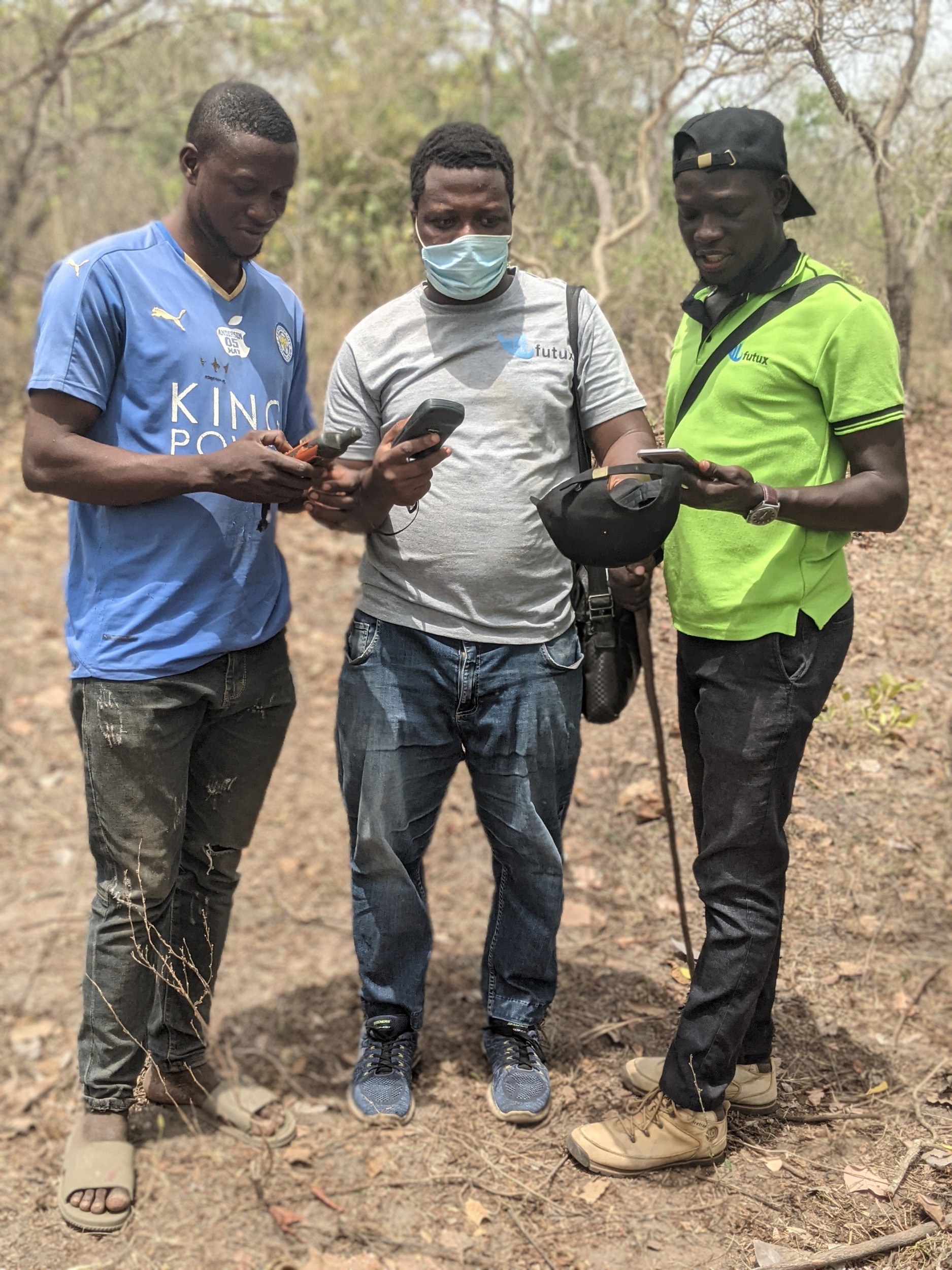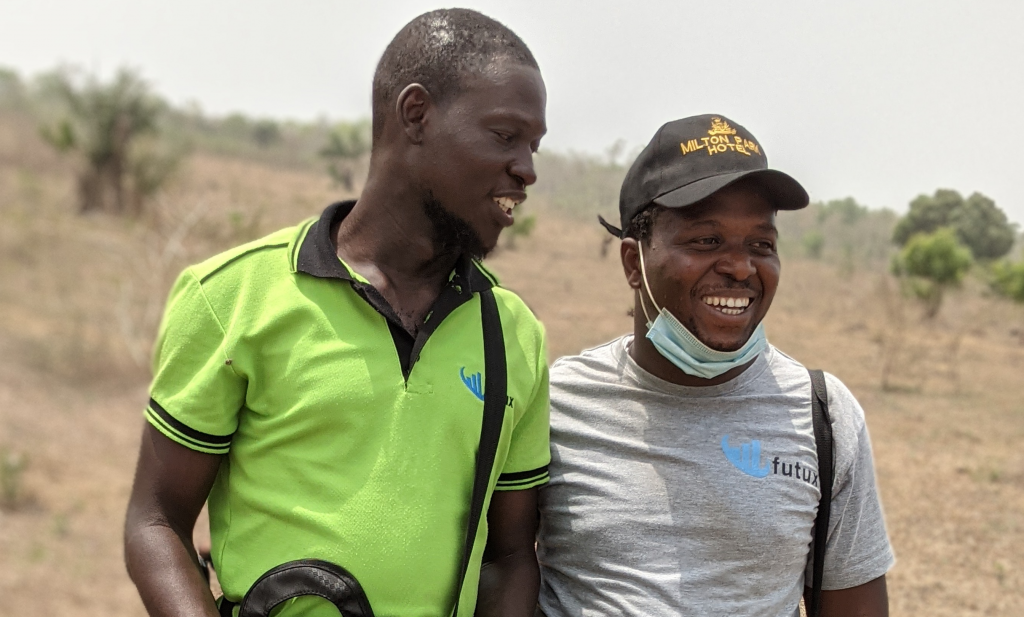Farm mapping is the future of smart and efficient farming in Africa, says Babatunde Olarewaju in this week's edition of Letter to my Farmers. Utilising new technology to measure and study specific soils means we can learn more about what can grow best where, from the ground up (literally).
Farm mapping provides an overall view of the farm, highlighting the macro qualities of various portions of the land. This aids in planning and development of the farm, therefore increasing land use optimisation.
One of the best qualities employed in farm mapping is the use of soil characteristics. This is achieved through soil analysis to better understand the physical and chemical properties of the various portions of the farmland with the view to provide informed decisions, such as soil management plans for one's agricultural business. This is a major step, as it concerns the health status and nutrient availability of the soil. Therefore, various portions are mapped based on similar characteristics shared. Thus, we have a better perspective to know particular crops that can be grown on various parts of the farm, improving the soil health based on the soil information collected, and also properly managing agricultural production activities.
In conclusion, farm mapping is an important exercise for every farmer to embrace, and this can only be done after a comprehensive soil test analysis of the farm. These activities are important exercises that make the difference in increased agricultural productivity, and it is time for relevant stakeholders to put in the work to create awareness on the national level. Furthermore, the government should establish a working framework that should encourage more investment by private sectors for soil testing services.
Yours-in-service,
Babatunde
In his weekly column Letter to my Farmers, Babatunde Olarewajo writes about personal experiences and insights on farming, curated through working with smallholder farmers in Africa. Last week's letter is available here.

Babatunde (in grey) in a meeting and with fellow FutuX Agri-consult colleagues in Iseyin, Oyo State, Nigeria
One of the best qualities employed in farm mapping is the use of soil characteristics. This is achieved through soil analysis to better understand the physical and chemical properties of the various portions of the farmland with the view to provide informed decisions, such as soil management plans for one's agricultural business. This is a major step, as it concerns the health status and nutrient availability of the soil. Therefore, various portions are mapped based on similar characteristics shared. Thus, we have a better perspective to know particular crops that can be grown on various parts of the farm, improving the soil health based on the soil information collected, and also properly managing agricultural production activities.
One of the best qualities employed in farm mapping is the use of soil characteristicsSadly, access to standard soil test laboratories is still lacking, especially in Nigeria, and the cost is very high. An average smallholder farmer (SMFs) can not afford it, thus, farmers produce crops based on trial and error, and this contributes to poor yield in many cases. However, in the last few years, have been a few organisations that have provided soil test services. However, scaling up has been the major challenge, as many farmers still don't see the importance of soil testing (or mapping their farm). Thus, more sensitization is needed to create the needed awareness from the grassroot, which is capital intensive and requires adequate funding.
In conclusion, farm mapping is an important exercise for every farmer to embrace, and this can only be done after a comprehensive soil test analysis of the farm. These activities are important exercises that make the difference in increased agricultural productivity, and it is time for relevant stakeholders to put in the work to create awareness on the national level. Furthermore, the government should establish a working framework that should encourage more investment by private sectors for soil testing services.
Yours-in-service,
Babatunde
In his weekly column Letter to my Farmers, Babatunde Olarewajo writes about personal experiences and insights on farming, curated through working with smallholder farmers in Africa. Last week's letter is available here.





Trial and error can certainly help, but not reveal everything.
For example, low yields can be caused by lack of nitrogen or phosphate, but also by lack of a micronutrient such as zinc. How can a farmer know?
Soil analyses can be very helpful, more than a drone.
@Dick Veerman Over the years, we have tried different technologies (especially indigenous) but we didn't take the pain to improve it, gradually, it would be obsolete. We need to take conscious decisions to promote indigenous technology with the reality of the day.
@Toon. I have an advocate of indigenous knowledge and how to can be harness to increase productivity. A simple technology of contour ploughing or contour planting (to avoid erosion) should be embraced. Trial and error without any results in mind or to be achieved is not needed (we can't be talking about innovations by trial and errors when there is already a population explosion)
@Toon. Yes, trial and error is one method of learning. However, when there are modern technologies, adoption to increase productivity is key especially when the results keep declining and their livelihood being threatened.
Okay, I see what you mean Toon. Babatunde Olarewaju what do you think?